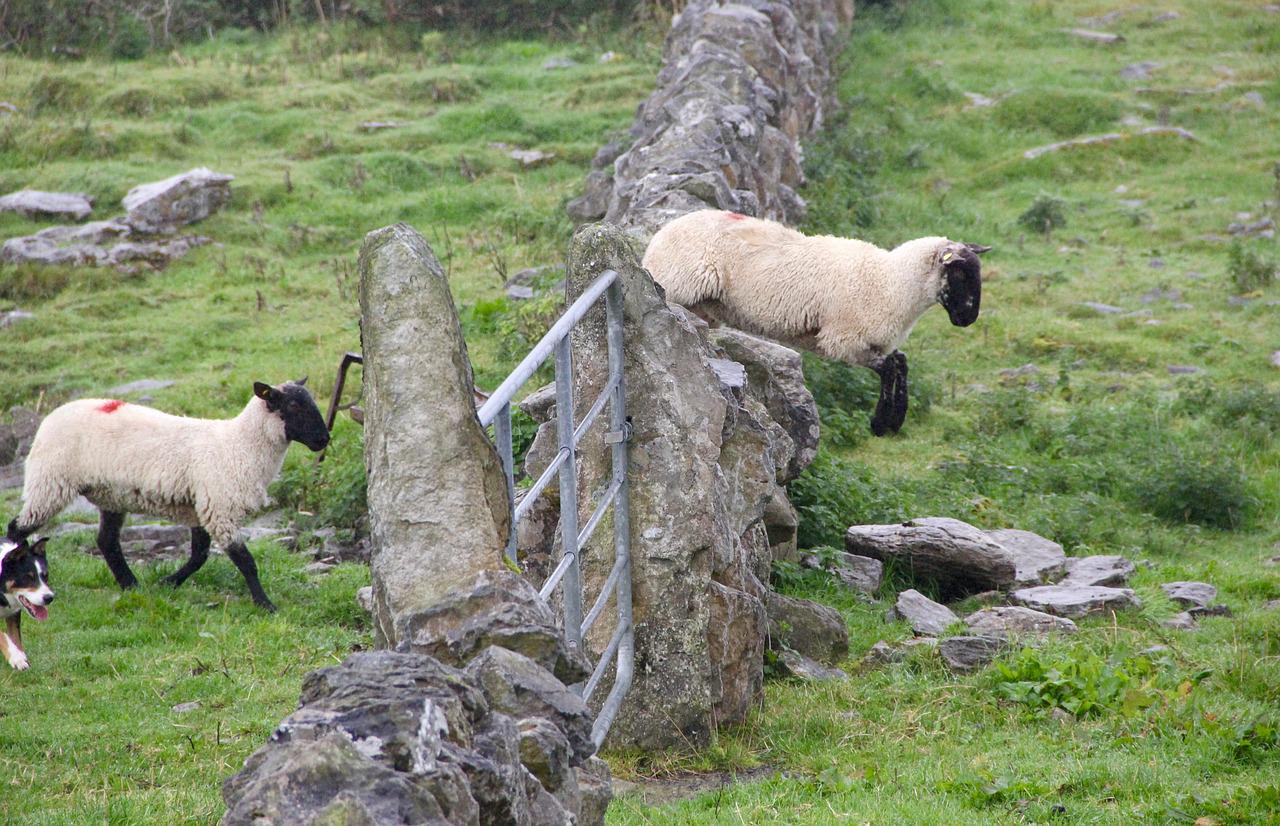Imagining and counting sheep jumping over a fence one by one is considered a good way to cope with insomnia. We decided to check whether the effectiveness of this technique is supported by scientific data.
Counting sheep as a way to combat insomnia has been described in numerous media (e.g. "Komsomolsky Pravda" And "Arguments and facts"), found in artistic literature and cinema. You can even find it on the Internet instructions, how to correctly count these artiodactyls. In particular, the WikiHow site offers this option: “Imagine a night sky with small but bright stars and a crescent moon. Imagine a white fence in front of a hill. Draw in your imagination white, fluffy and round sheep. Imagine sheep jumping over a white fence one after another without stopping.” In some sources sheep allow replace with other animals: llamas, camels or elephants. Supposed, that this technique came from shepherds who, after making sure that all the animals were in place, calmly fell asleep.
By calculations According to scientists, about 10% of the adult population of the planet suffers from chronic insomnia, another 30–50% have episodic sleep problems. Reasons insomnia is varied: improper conditions for falling asleep, neglect of sleep hygiene, stress, illness, including mental illness, taking certain medications and drugs. Shift work, frequent time zone changes, and light pollution — illumination of the city night sky with artificial light sources. Insomnia is a dangerous disease; lack of sleep leads to deterioration short-term and long-term memory, increases risk of cardiovascular diseases, provokes problems with osteogenesis (bone tissue formation), leads to excess weight, triggering various metabolic violations. There is even fatal insomnia - a rare hereditary disease with a 100% fatal outcome.
Therefore, many scientists are interested in methods for overcoming this unpleasant and dangerous condition for the body. In 2002, a group of researchers from Oxford University spent comparative analysis of different falling asleep techniques. 41 volunteers suffering from insomnia took part in the experiment. Scientists divided the volunteers into three groups, having previously calculated the time it took the participants to fall asleep. Then the researchers asked the first group to count sheep in their minds while falling asleep, the second to imagine different landscapes (forest, waterfall, stream, etc.), and the third group was a control group; the participants did not receive any instructions from the experimenters and fell asleep as they were accustomed to.
The technique of imagining nature turned out to be the most effective - by imagining peaceful landscapes, volunteers fell asleep on average 20 minutes faster than on those nights when they did not imagine anything. At the same time, those who counted the sheep could not fall asleep longer than on other nights when no counting of artiodactyls was carried out. Alison Harvey, one of the scientists who conducted the experiment, summarizes: “Imagining a beautiful landscape occupies the brain better than the same dirty old sheep. Moreover, the landscape is easier to keep in mind because it is more interesting.”
Scientists’ conclusions regarding the beneficial effects of picturesque nature on sleep are confirmed by something else. study. It examined the thoughts and images that come to mind before bed for both good sleepers and those who have trouble falling asleep. It turned out that people suffering from insomnia less often imagine landscapes, but think mainly about household chores and the things they did during the day.
Psychologist Diana Richards from Australia, who studies sleep, also speaks about the uselessness and even harmfulness of counting various mammals before bed. According to her opinion, counting itself can cause additional stress, and jumping sheep can be unnecessarily stimulating to the brain. “If you just looked at the sheep standing still and imagined the softness of their wool, it would probably be better,” says Richards.
USDA Experiment Station Animal Scientist Bret Taylor agree with the conclusions of psychologists: “I once tried to count sheep, and it didn’t help me fall asleep faster. In principle, it’s difficult for me to imagine sheep jumping over a fence; sheep themselves don’t do that until you force them.”
Instead of counting sheep, experts at Harvard Medical School offer more effective and proven ways to fall asleep. To normalize sleep, you need to go to bed and wake up at the same time, stop using electronic devices two hours before bed, create a comfortable sleep environment - a quiet and dark place, and not do any extraneous activities in bed. If disturbing thoughts prevent you from falling asleep, scientists suggest writing them down on paper, as well as using relaxation techniques and normalizing breathing.
Thus, counting sheep may have calmed our shepherd ancestors so much that they instantly fell asleep, but for modern man, even-toed ungulates jumping over a fence will not help you fall asleep faster; rather, they will even interfere. But if you imagine a stream running through the forest or a beautiful waterfall, then the long-awaited dream can come much earlier.

Not true
Read on the topic:
- Is it true that wearing warm socks before bed helps you fall asleep?
- Is it true that sleeping on your left side is harmful to your health?
- Is it true that sleeping too much is bad for you?
If you find a spelling or grammatical error, please let us know by highlighting the error text and clicking Ctrl+Enter.






